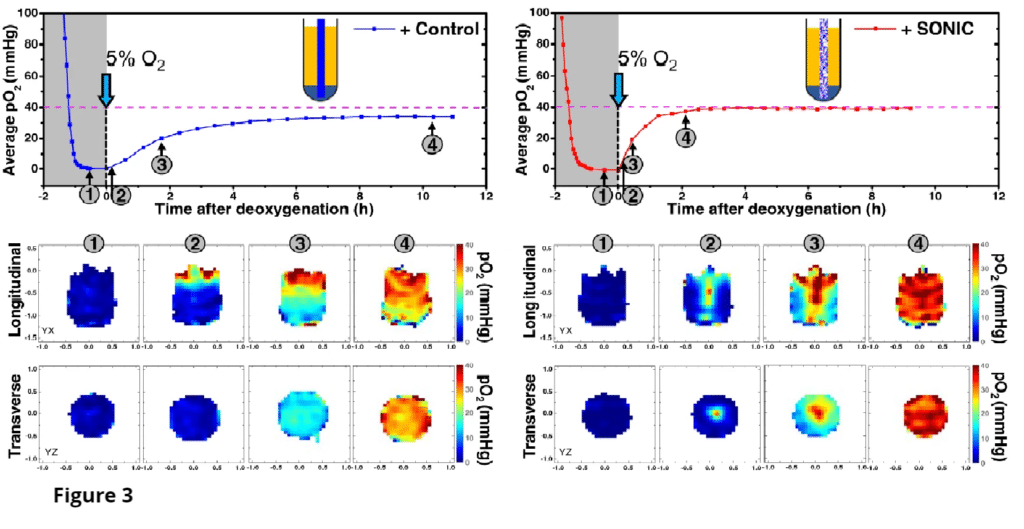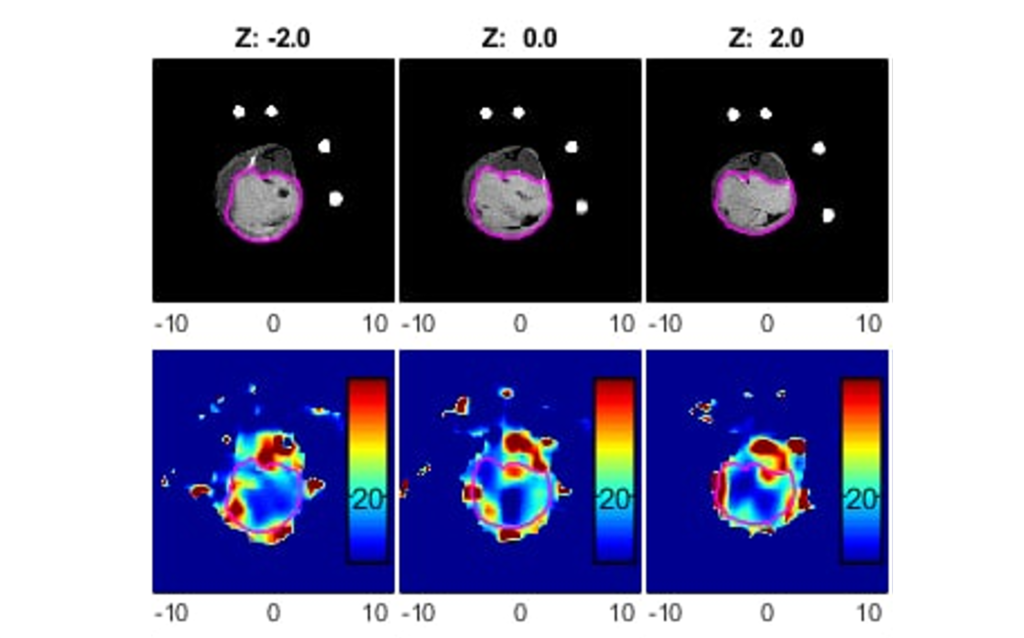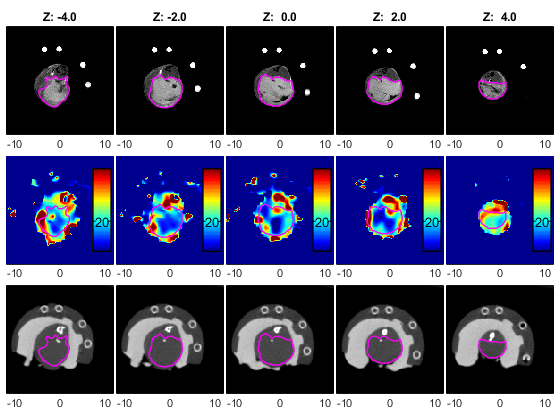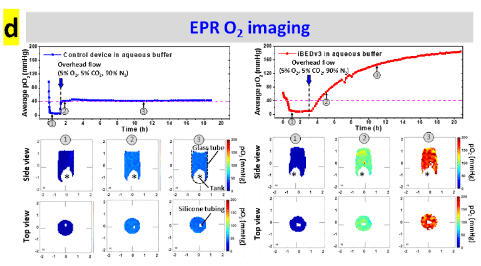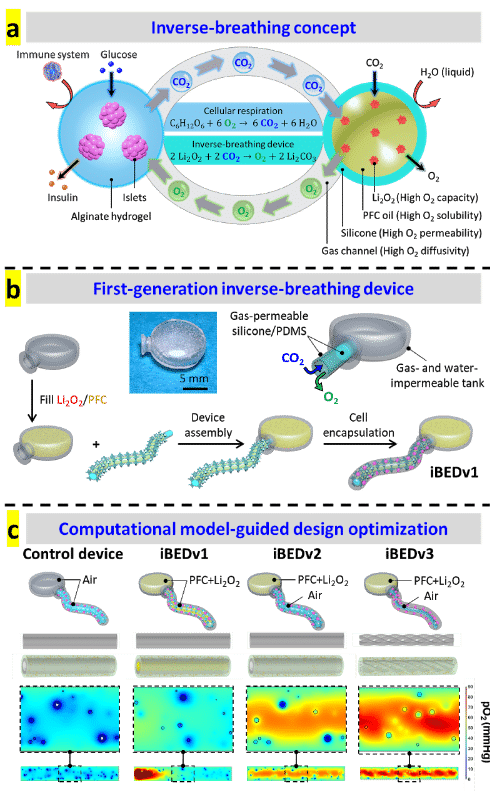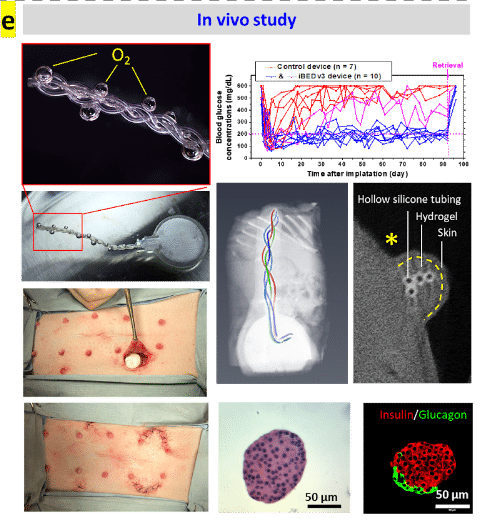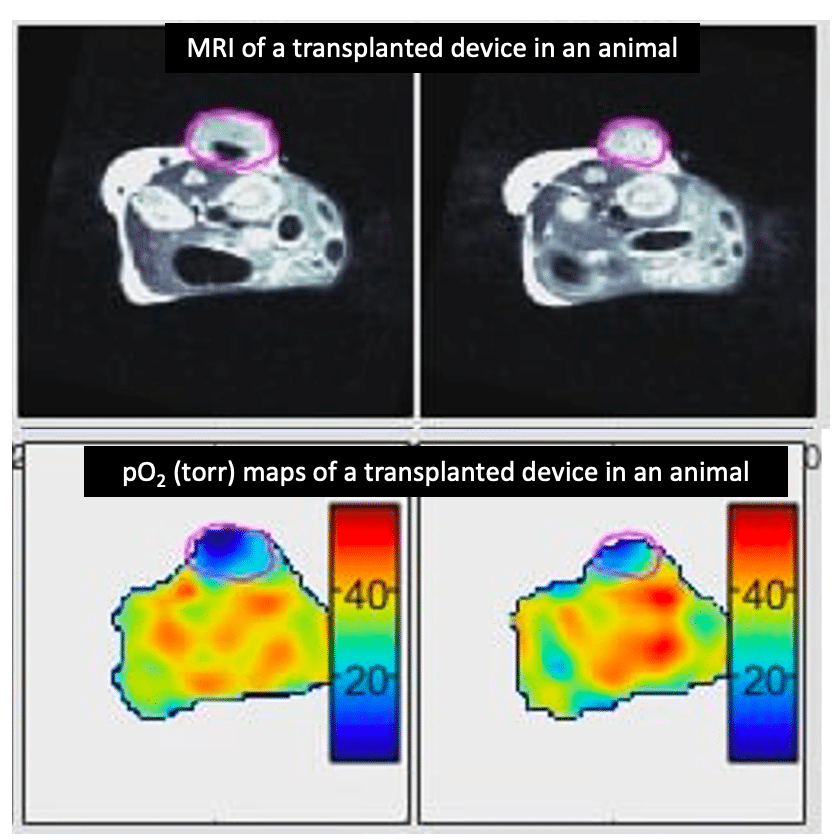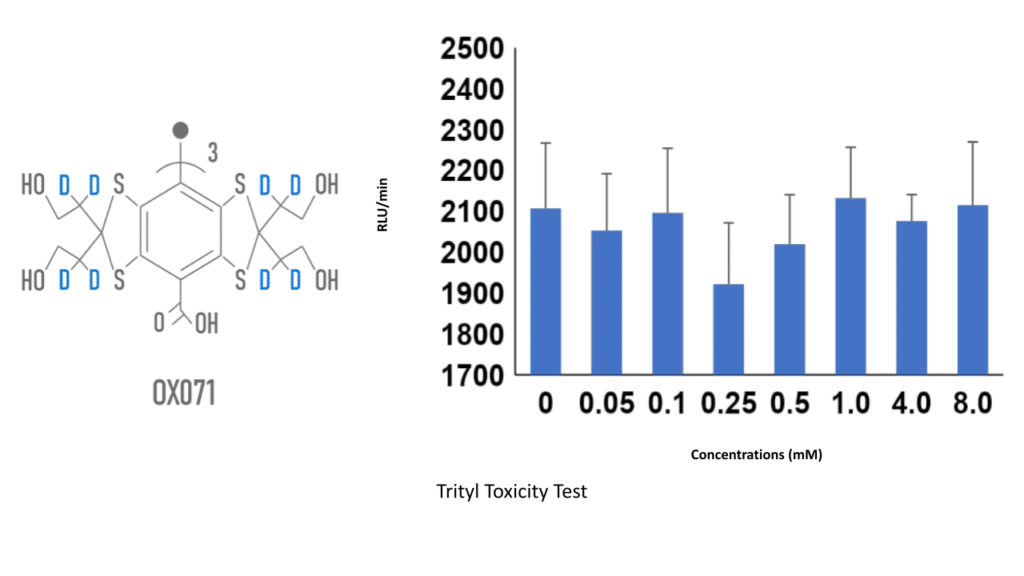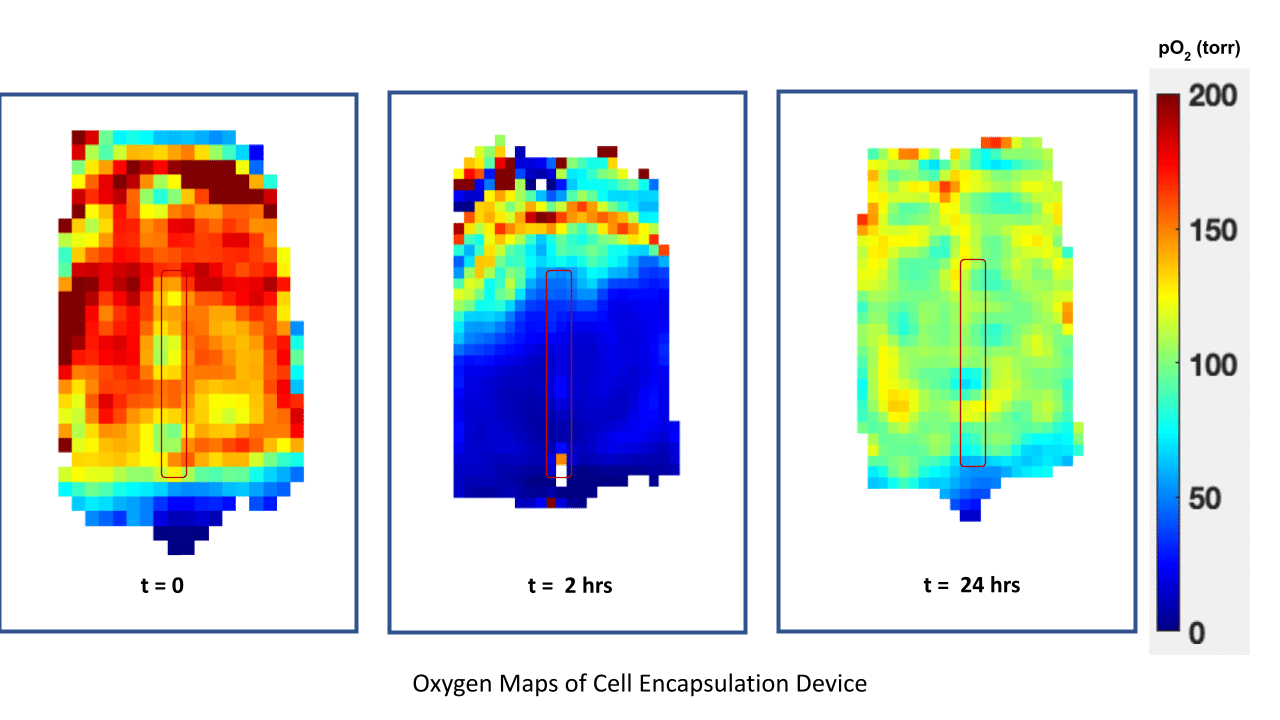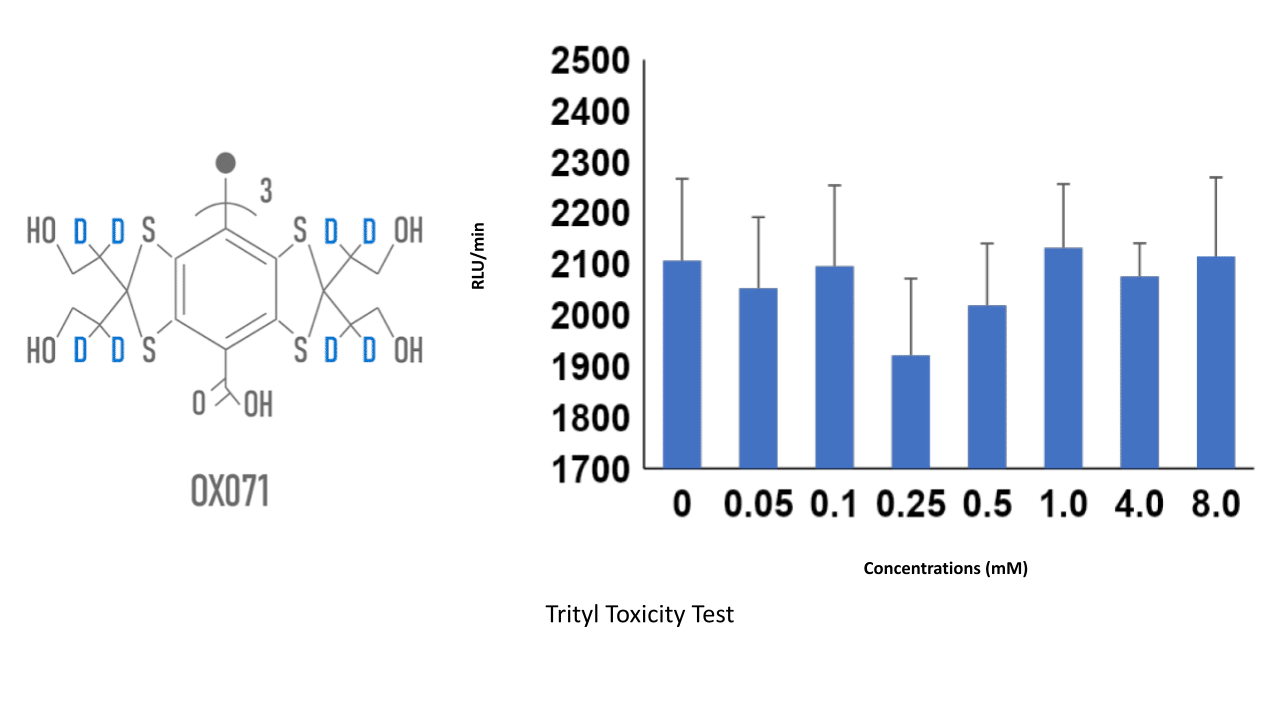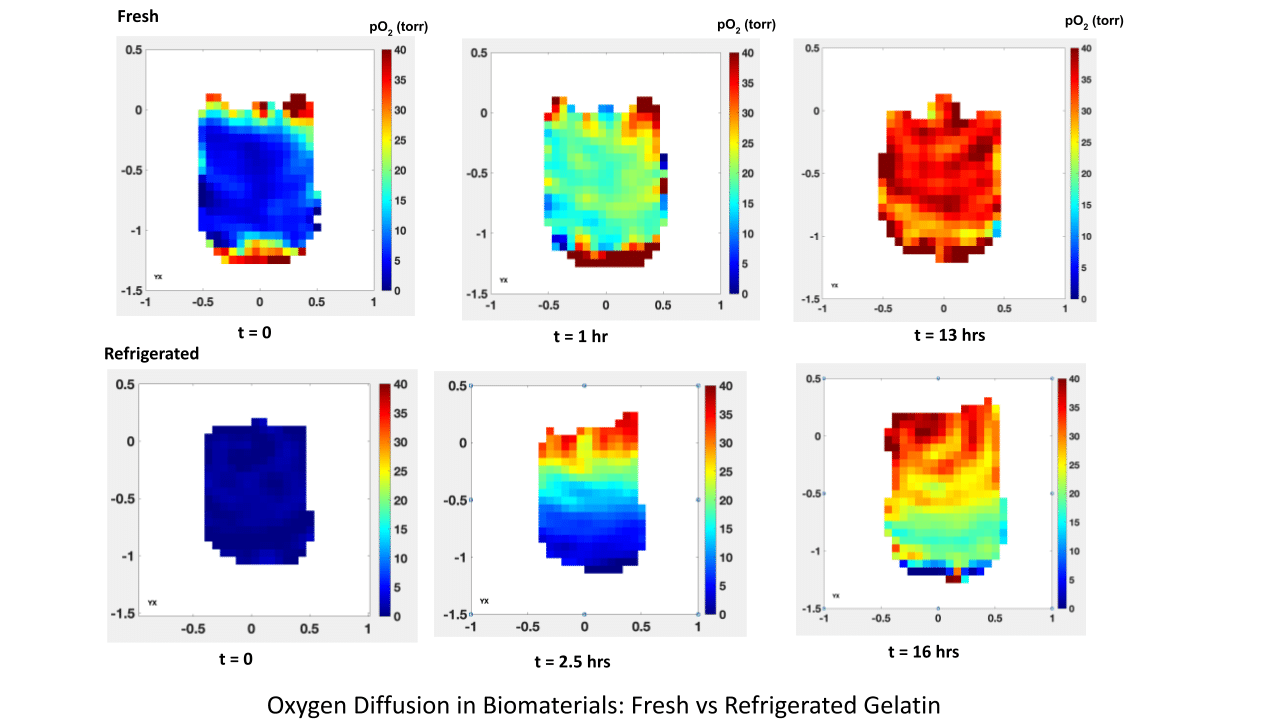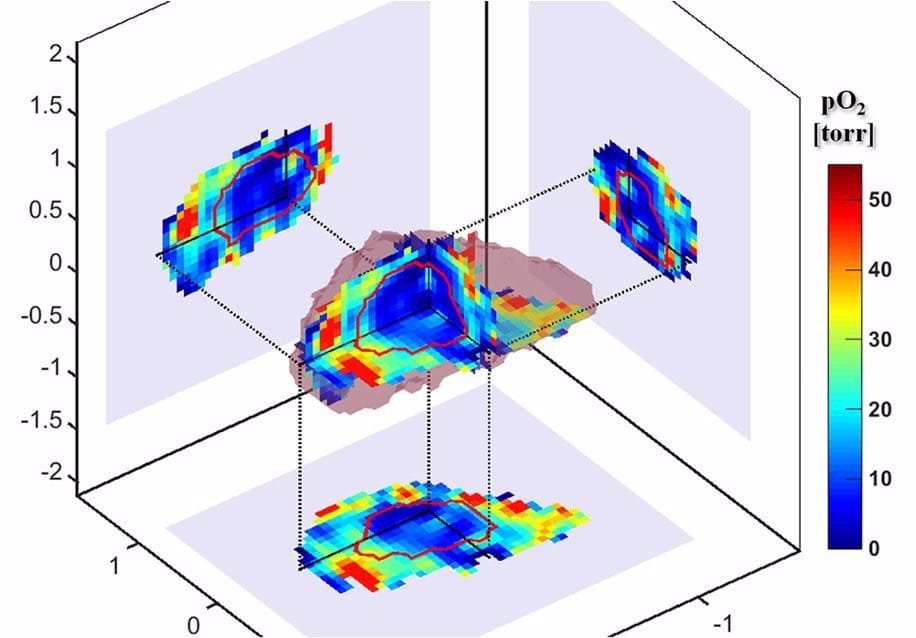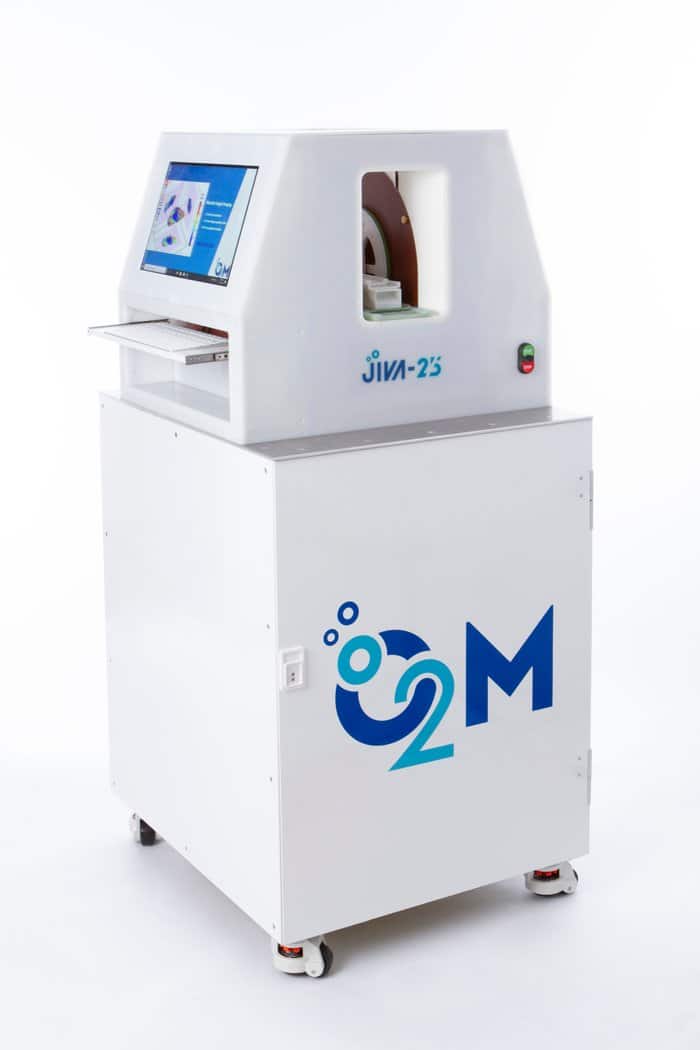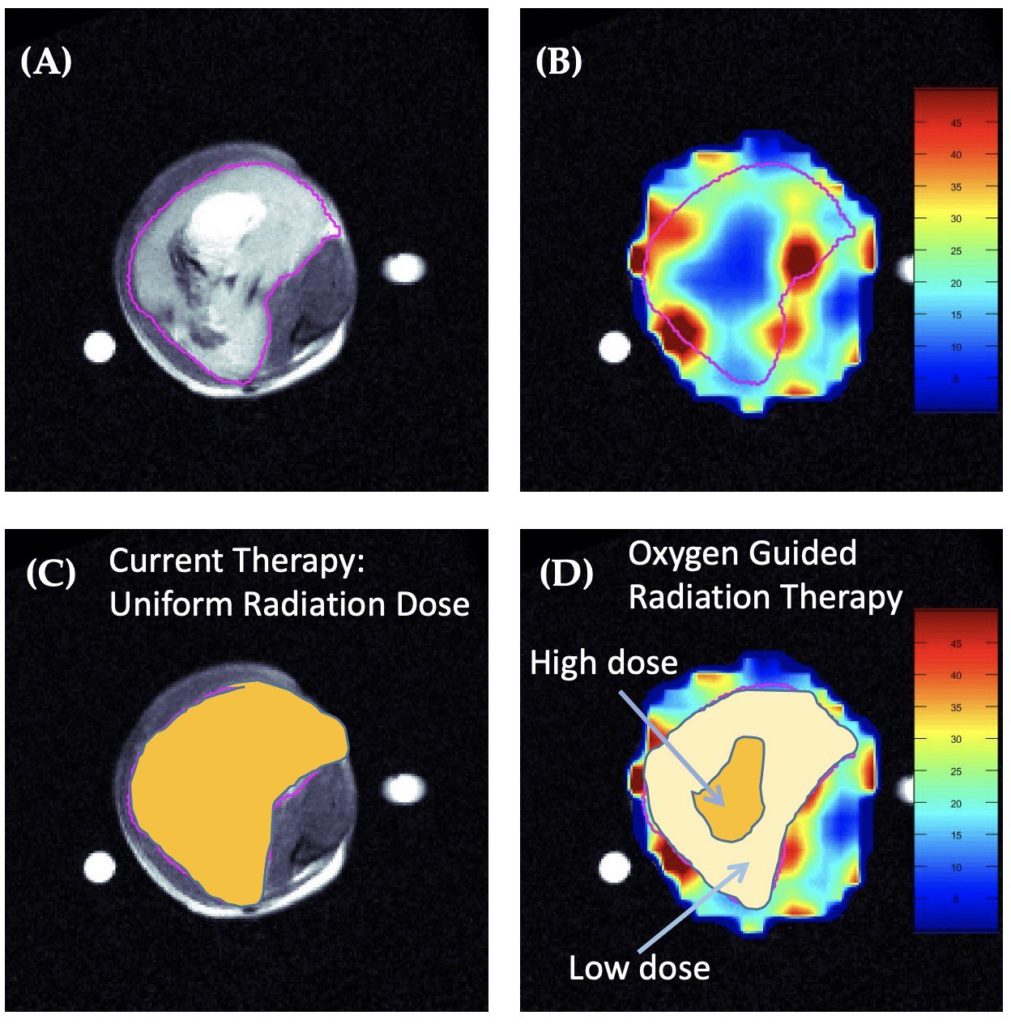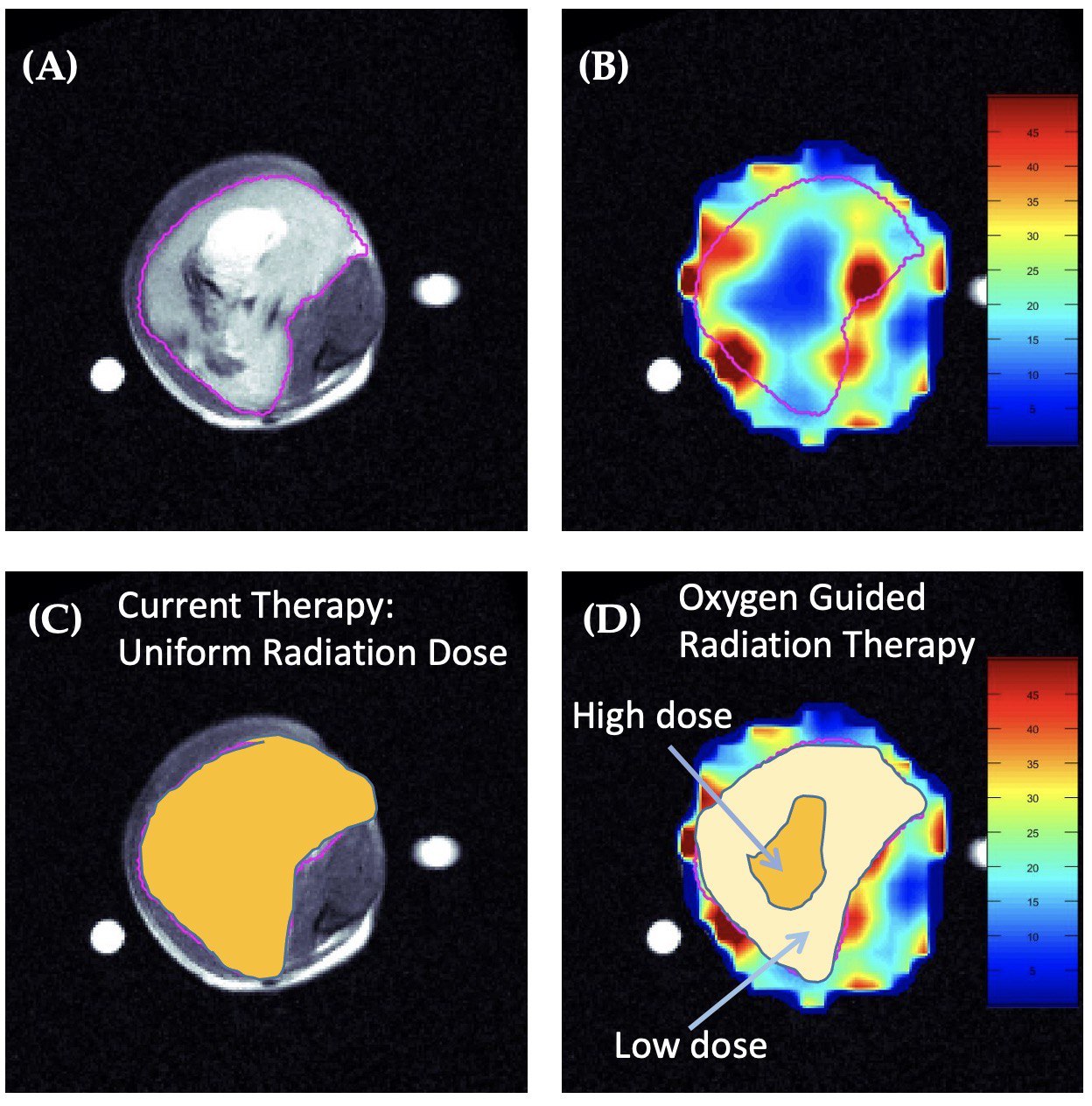A Lesson From Insects on Overcoming Cell Encapsulation Hypoxia
Inadequate oxygenation is a major challenge in cell encapsulation, a therapy which holds potential to treat many diseases including type I diabetes. In such systems, cellular oxygen (O2) delivery is limited to slow passive diffusion from transplantation sites through a poorly O2-soluble encapsulating matrix, usually a hydrogel. This constrains the maximum permitted distance between encapsulated cells and their host site to within a few hundred micrometers to ensure cellular function.
To solve the problem of poor oxygen penetration, the Dr. Minglin Ma's group at Cornell University took inspiration from mealworm beetle larvae! As opposed to the blood circulatory system of vertebrates, many insects transport oxygen through a tracheal system (Fig. 1): a gas-filled, ladder-like channel network that permits O2 distribution across multi-millimeter scales. Critically significant to this design, gaseous O2 has a 104 times higher diffusion coefficient than dissolved O2. Ma's group designed a biomimetic scaffold featuring internal continuous air channels endowed with 10,000-fold higher O2 diffusivity than hydrogels (Fig. 2). They named the scaffold SONIC (Speedy Oxygenation Network for Islet Constructs), reported in last month's Nature Communications.


The SONIC scaffold is comprised of a hydrophobic polymer (vinylidene fluoride-co-hexafluoropropylene), and the internal continuous air channels were created by a phase separation process in a 3D printed mold. A hydrophilic polydopamine coating was applied to the scaffold surface, providing a compatible interface between the hydrophobic scaffold and hydrophilic hydrogel. SONIC's internal hydrophobicity avoids water penetration into the air channels, an essential feature for enabling high O2 permeability. Finally, a cell-laden hydrogel was applied via a simple in situ cross-linking procedure by pre-deposited CaSO4 crystals on the scaffold surface.
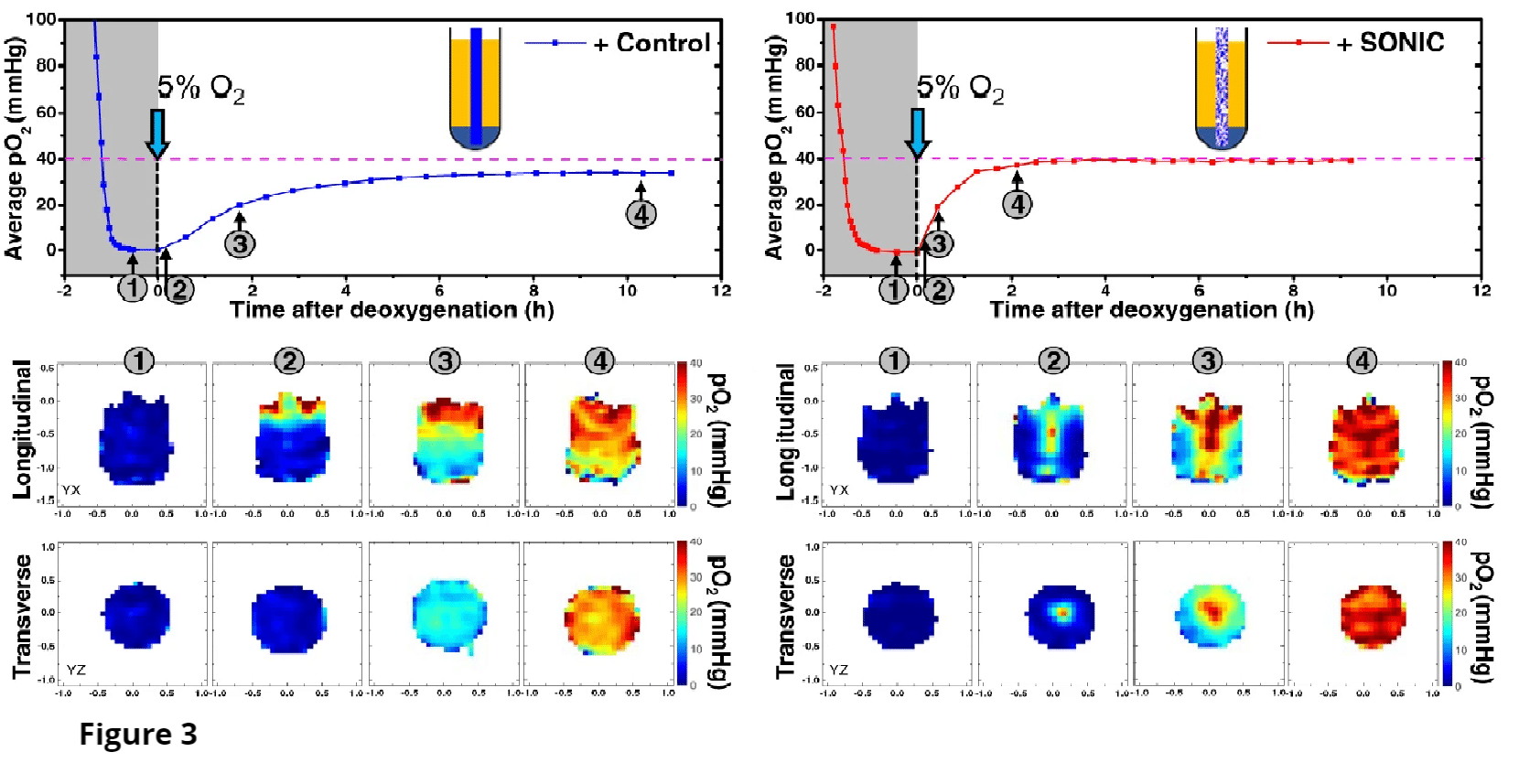
A spiral SONIC device was designed for delivering a clinically relevant islet dose for islet replacement therapy, which computational models predict could support a curative islet dose of 500 k IEQ human islets within a disk approximately 11 cm in diameter.
In summary, the SONIC scaffold provides a solution to the poor transport of O2 in traditionally employed bulk hydrogels of cell encapsulation systems and represents a promising platform for translatable encapsulation devices requiring high cell payloads.
Reach out to O2M™ for your experiments. We provide high resolution oxygen maps for in vitro and in vivo samples, among many other Core services.
A Lesson From Insects on Overcoming Cell Encapsulation Hypoxia Read More »

